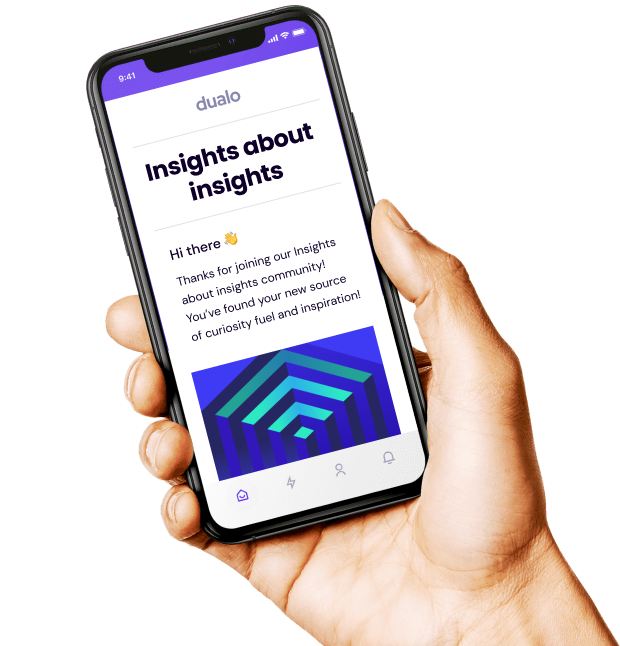How top 1% researchers build UXR case studies
Case studies enable research teams to promote their services to internal audiences, receive the recognition they deserve, and build a strong personal portfolio - but what must they include?



Case studies enable research teams to promote their services to internal audiences, receive the recognition they deserve, and build a strong personal portfolio - but what must they include?

Unlocking the full potential of case studies isn't just about showcasing research prowess; it's about demonstrating impact.
In this post, we delve into what makes up a compelling case study, and offer actionable strategies to ensure you have the right data and framework to build one.
Let's dive in.
In our experience, case studies must include these 4 core components:
- Problem statement
- Research objectives
- Key insights and recommendations
- Any unexpected discoveries or patterns
- Why? Who? What? Where? When?
- Methods and supporting evidence
- How have the insights been utilised?
- What impact did the research have (quantitative + qualitative)?
- Given the overall cost of the research, what was the return on investment (ROI)?
Many researchers focus on sections 1-3, with little consideration for section 4. And there’s a real irony in that because this section is likely to be the most important section in the entire case study for your readers.
But I get it – measuring research impact and ROI is inherently difficult, particularly for researchers conducting more foundational research. That said, even if you don’t have direct access to the information you need to figure this out, there’s usually someone who does (but you need to be proactive).
Here’s what the best researchers ask the stakeholders they’ve worked with:
“Hey John, it’s Dan. We recently completed some research for you to provide some insight around XYZ. What was the outcome of this?”
Keep your message short and to the point to increase the likelihood of a reply. Upon response, send a follow up email asking a few simple questions to help understand the impact the research had.
For example:
"Did the research increase certainty in your decision-making?"
"Did the key findings directly lead to an impact on [metric]?"
"In what other ways did the research provide value?"
Ask for feedback...
“in case we have the chance to collaborate again…”.
Asking these questions enables a departure from 'what we did' case studies, which often fall flat.
Even if your stakeholders never respond, at the very least, it shows you care about the impact your work is having (and you can always follow up to ask if they have 5 mins to discuss this in person next time you meet with them).
Put yourself in the shoes of your stakeholders...
Would you rather work with a researcher deeply invested in the utilisation and impact of their work, or one who quickly shifts from project to project without any regard for this?
Reaching out and following up to understand the tangible impact of your research literally doesn’t have a downside.
In research, the journey doesn't end with data collection and analysis; it ends with action and impact.
Embracing the measurement of impact, ROI, and implementation in your case studies isn't just an opportunity to receive the recognition you deserve; it's an opportunity to amplify your influence and leave a lasting mark. Because when we care about the impact of our work, everyone wins.
Join our growing community and be the first to see fresh content.
.svg)
Repo Ops ideas worth stealing
.svg)
Interviews with leaders
